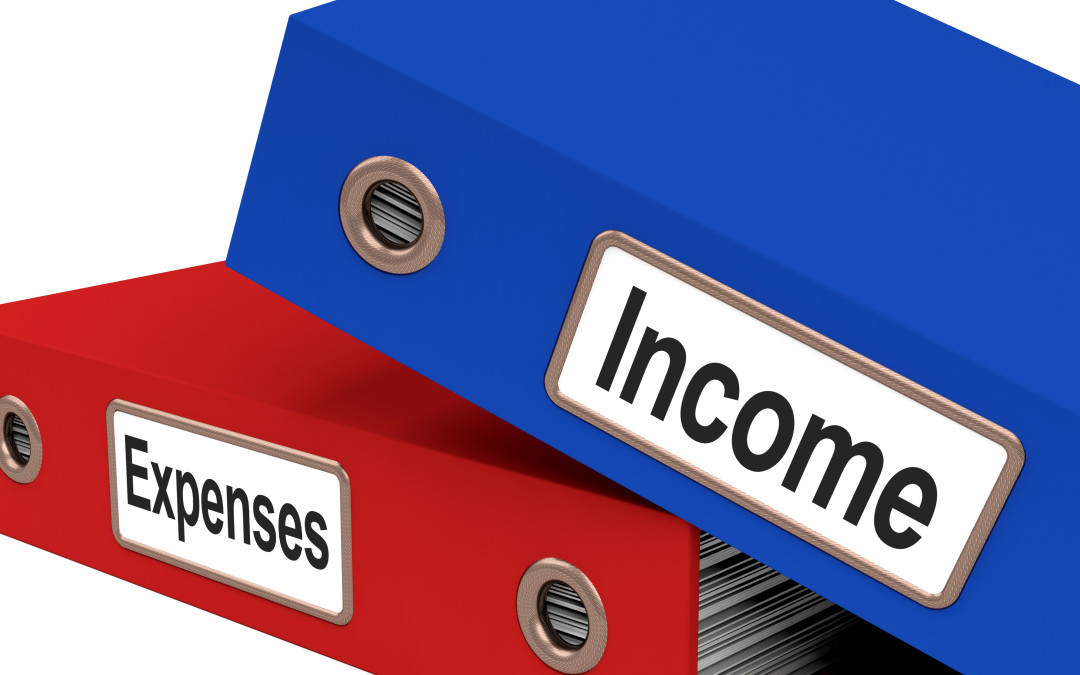Three Steps Every New Fair Manager Needs To Do
So, you’ve been hired to be a Fair CEO! What does that mean exactly? Were you hired to “change things”, “bring agriculture back to the Fair”, “make the Fair more community focused”, or my all time favorite, “make the Fair better”? Do you really know what that means? The bottom line is that everyone who works at any fair wants to do all of the above! So, how do you do that with limited staff, budget, or community support? Sound familiar? Well, you’re not alone.
Unfortunately, there is no “Fair Manual” telling us how to create and produce the “best Fair ever”. Fairs may claim to be the “biggest”, the “best”, the “largest”. So how do you evaluate the “best fair”? Well, it depends on whom you ask. Keep in mind—each partner has his or her own interpretation of what a successful fair is. Carnival operators say higher ride revenue. Food vendors say more patrons so they can sell more food. Commercial exhibitors may say $1 admission days so the fairgoers can spend more at our booths. Fair Staff may say higher attendance. The truth is…there is no one answer. They all contribute to a successful Fair!
You are in luck! I have written a book that was created to provide a starting point – a beginning conversation for the new (and experienced) Fair CEO who wants to put on a wildly successful Fair. You can purchase a copy of the book here.
Exactly what does A wildly successful Fair mean? Does it mean more attendance? More revenue? Fewer incidents? Great weather? More entries? Higher betting revenues? More community participation?
Many times the media tries to drive that message, based on attendance. To them, a slight dip in attendance means a fair wasn’t successful. Well, what about a slight dip in attendance with no significant issues? Or fair revenues are up, vendors’ and the carnival operators’ revenues are up, yet attendance wasn’t higher than the previous year? To those of us working in the Fair Industry … that’s a successful Fair! So, clearly, there is no definitive answer to what constitutes a successful Fair.
From booking entertainment to understanding your financial reports, a Fair CEO must have a broad knowledge base. So, let’s get started!
The first thing to look at is the Fair’s finances. Here is a quick checklist:
- Budget
- Income Statement
- Assets/Liabilities
- Cash flow
The budget is your map, the income statement offers directions and the cash flow is your destination. The Assets/Liabilities can indicate strengths and weaknesses in the operation.
First, identify where the main revenues are coming from. If the annual Fair is the sole source of revenue for the organization, chances are there are huge peaks and valleys for cash flow. It’s imperative to create additional sources of cash flow.
Next, identify where the main expenses are going. Personnel is generally one of the largest expenses, however, a good staff will make any CEO’s job easier. Are there vendor contracts in place that could be re-negotiated for new rates? Take the first year to question every expense. Ask yourself if an expense is necessary to run the operation. Is there a better way to do purchasing? After the first year, you’ll have a better idea of your cash flow.
If the majority of cash flow comes in at one time of the year, how are expenses monitored throughout the year? Make sure to do a budget comparison each month. It’s easier to make small adjustments to the operation than find out 6 months later that one expense is out of control.
The second thing to look at is personnel. Who is doing what and is that the best use of the employees’ time and skill sets? Just because an employee has been responsible for a particular area for 10 years doesn’t mean it’s the best fit for their skills or the organization. Fair Staff love what they do and will do whatever it takes to get the job done.
The third thing to do is purchase a copy of How to Plan A Wildly Successful Fair and hear from our 10 professionals and experts in their fields.
As a thank you for purchasing this book I’d like to give you a free bonus – Interview Do’s and Don’ts.
Forward your receipt to: [email protected].
If you have specific questions you’d like answered, please reach out to us at [email protected].
For additional information and resources, visit our website, www.WildlySuccessfulFair.com.
Like us on facebook at www.facebook.com/wildlysuccessfulfair


